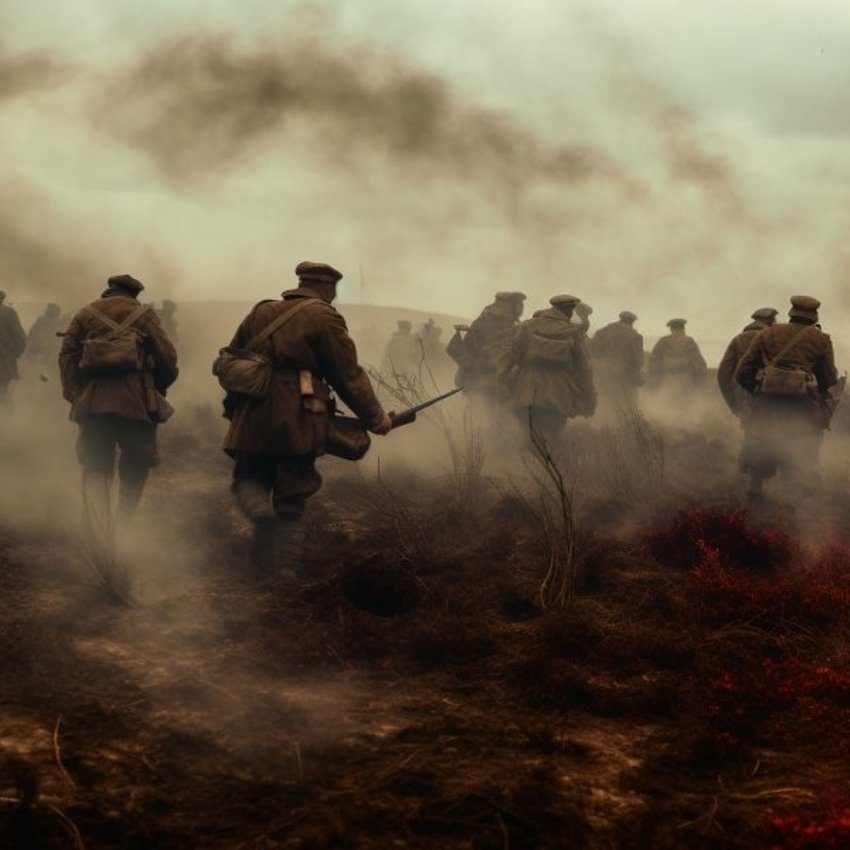108 years ago, on August 6, 1915, one of the most unusual battles of the First World War took place in the territory of modern Poland near the Osowiec fortress – a handful of soldiers of the Russian Imperial Army, after inhaling poisonous gases, frightened and repulsed a ten times larger German army unit. Archive materials show that such a battle took place in reality, while the glorious details of the battle and stories about “blood and pieces of lung spewing” Russian soldiers who went “on the attack of the dead” were invented by Russian journalists even today.
The site of action – Osovec Fortress – was built by the Russian Empire at the end of the 19th century, 23 kilometers from the border with East Prussia, and was intended to defend the strategic corridor between the Nemunas and the Vistula. The four forts of the fortress were connected to each other by a system of trenches, which allowed the soldiers to create an almost perfect defensive perimeter. The position of the fortress was also of great importance in the defense of the fortress – its forts were (and still are) in the bend of the Bebža river, which made it difficult for the attackers.
At the beginning of World War 1, in the fall of 1914, German forces quickly reached Osovec, but were unable to capture it. The first attack on the fortress was carried out by the Germans in September 1914. The second – in February and March 1915. In general, the fortress was under siege for a little more than half a year, preventing the Germans from advancing further in this sector of the front. In early July 1915, German troops under the leadership of Field Marshal von Hindenburg launched a large-scale offensive on the Eastern Front, part of which was a new attack on the Osovets fortress, according to Russian historian Alexander Cherkasov.
The garrison of the fortress consisted of two artillery battalions, a sapper unit and support units. At the beginning of 1915, eight companies of infantry and national guard soldiers, a cavalry regiment, a reserve battalion and several hundred border guards were located in the fortress. There were also 69 heavy weapons in the fortress, and soldiers were armed with machine guns and rifles. In the summer of 1915, five companies from the Zemliansk regiment of the Russian army had also retreated to the fortress, occupying the outer defense line of the fortress.
Green gas cloud
In order to finally capture the fortress, in July 1915, the Germans decided to use poisonous battle gases. The Germans had found out that the defenders of Osovec did not have valid gas masks, that’s why
2023-08-05 21:02:01
#attack #dead #Russian #propaganda #created #myth #heroic #zombies
